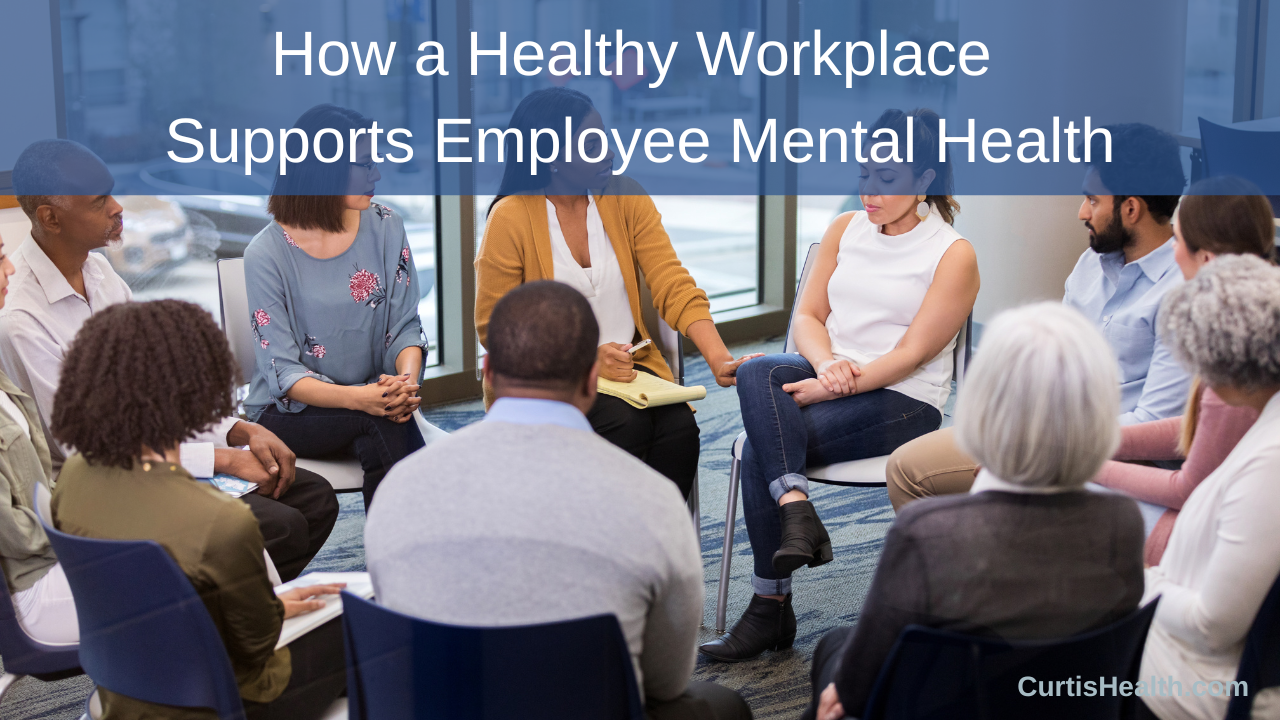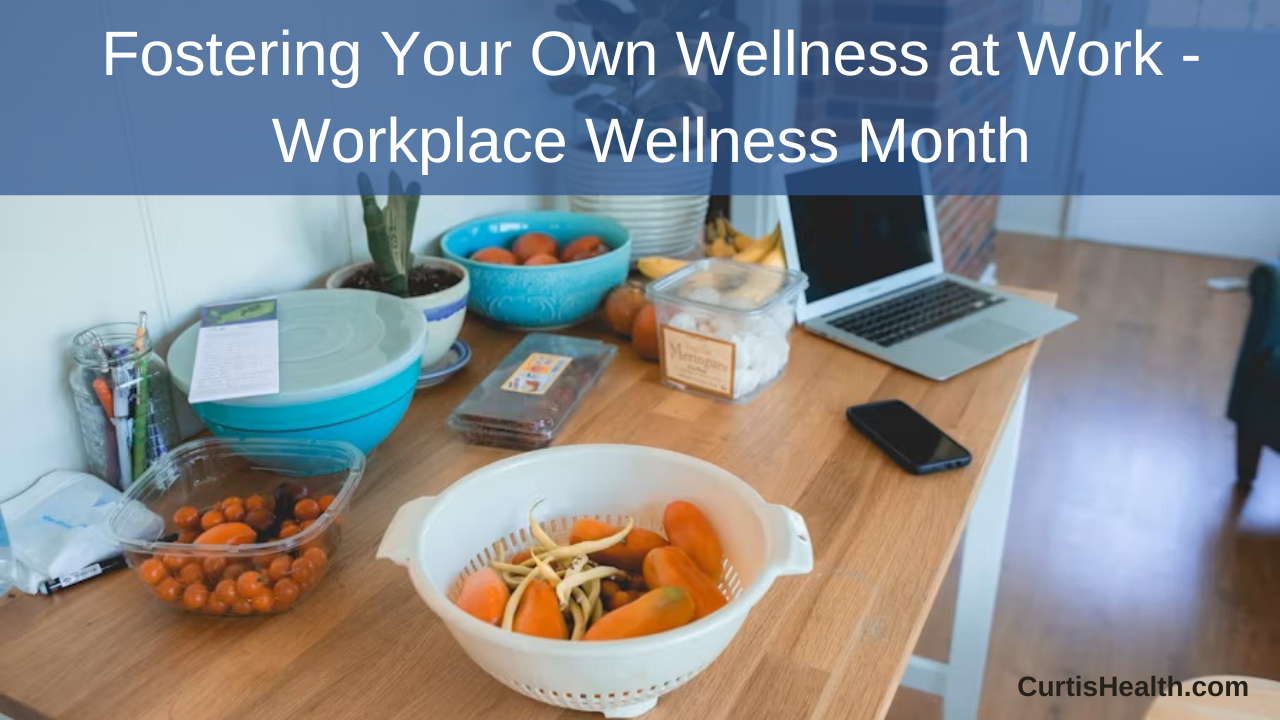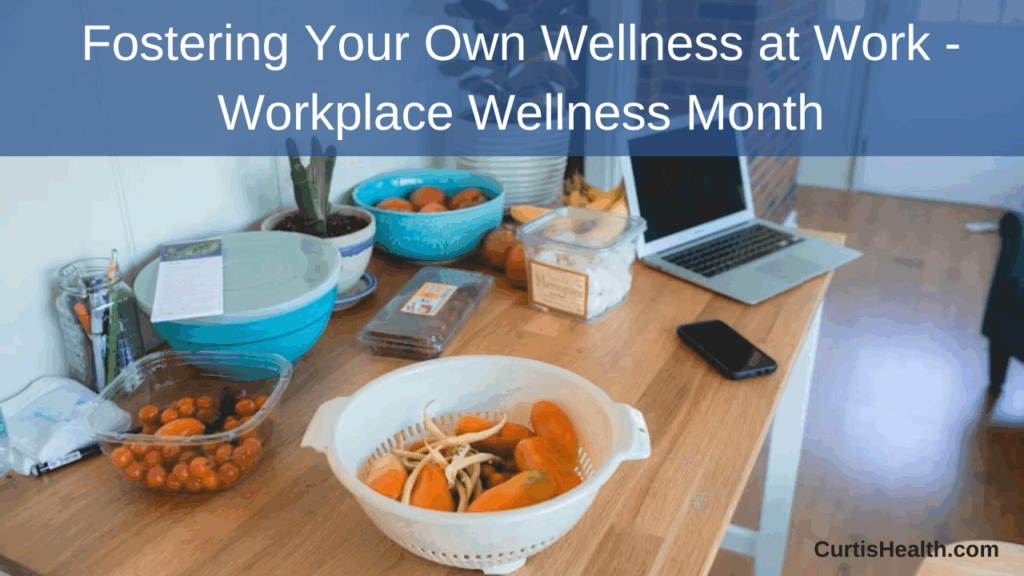Motivation is the emotional drive or “spark” that initiates action, while discipline is the consistent, purposeful action that sustains progress, especially when motivation fades. Motivation is a fleeting emotion, while discipline is a reliable habit and a conscious decision to pursue goals regardless of how one feels in the moment. For example, in January many people are motivated to make habits, change, and start new things. Discipline is a daily practice of your daily habits that you do regardless of how you feel or where you are. For example, when visiting family in another country, you still go out for your morning run, because this is a part of your life and practice most days. Read More→
Archive for Workplace Wellness
As daylight hours shrink, many people notice their energy dipping, motivation lagging, and focus fading. This is a common and natural response to seasonal changes, but the good news is that small, practical adjustments can make a big difference. Read More→
In today’s business landscape, the most successful organizations share a powerful insight: employee well-being isn’t just good for people—it’s essential for performance. Yet despite mounting evidence, many companies still treat wellness as optional, missing out on one of the highest-return investments available. Read More→
This Healthy Workplace Month, as we talk about fitness challenges and healthy eating, it’s crucial to acknowledge the most significant—and often invisible—component of employee well-being: mental health. The modern workplace, with its constant demands, digital connectivity, and pressure to perform, has created a silent challenge that affects a vast number of employees. Toxic burnout culture, chronic stress, and feelings of isolation are not just individual problems; they are systemic issues that demand a strategic, company-wide response. Read More→
This Healthy Workplace Month, many organizations are looking to step up their game. They’ve moved beyond the occasional lunch-and-learn and are seeking to build a truly robust, sustainable culture of well-being. Read More→
In the world of corporate wellness, we’ve seen it all—from company-wide fitness challenges to on-site meditation classes. These initiatives are great, but for a wellness program to truly thrive, it needs more than just a top-down strategy. It needs a grassroots movement. This is where a Wellness Champion Network comes in. Read More→
In today’s dynamic work environment, the well-being of your employees isn’t just a nice-to-have; it’s a strategic imperative. A healthy, engaged workforce is more productive, resilient, and less prone to absenteeism and burnout. Read More→
Preparing for and recognizing Workplace Wellness Month is a great way to show employees you care about their well-being. It’s an opportunity to move beyond a single event and build momentum for a year-round culture of health. While many countries celebrate it in June, some have it in other months, such as Canada in October. Here’s a guide to help you get ready. Read More→
October is recognized across Canada as Workplace Wellness Month – a time to celebrate the importance of health at work and to reflect on the small, meaningful actions employees can take to improve their overall well-being. Read More→
In Canada, August is National Wellness Month—an initiative that encourages people across the country to prioritize their health and well-being. Wellness can include daily habits like regular exercise, a balanced diet, and getting proper sleep. Read More→
Recent Posts
Categories
- Avoiding Illness
- Corporate Wellness
- Curtis Health Team
- Fitness Centre
- Fitness Facility Management
- General
- Getting Outdoors
- Gym Hygiene
- Health & Wellness
- Men's Health
- Mental Health
- Mind/Body Wellness
- Mindset
- Miscellaneous
- Nutrition and Exercise
- Recipes
- Setting Goals
- Training
- Uncategorized
- Women's Health
- Workplace Wellness
Home | About Us | Meet the Team | How Can We Help? | Careers | Employers | Property Managers | Individuals | Contact Us | Privacy Policy
Copyright © 2025 Curtis Health
Head Office: 1098 Canyon BLVD, North Vancouver, BC V7R 2K4 Telephone: 604.921.2348
- Billing
- Your credit card will be automatically charged each month through Square.
- Commitment & Cancellation
- There is no long-term contract.
- You may cancel your subscription by contacting us directly. Please allow 5 business days for processing prior to your next billing date to avoid additional charges.
- As our class schedule is organized on a monthly basis, partial months will not be refunded or pro-rated.
- Your subscription is for your individual enjoyment only. Please do your part to ensure appropriate use of our content.
Kintec is offering all Curtis clients (including friends and family) expert shoe fitting to best suit your needs at a 15% discount on regular price footwear.




















